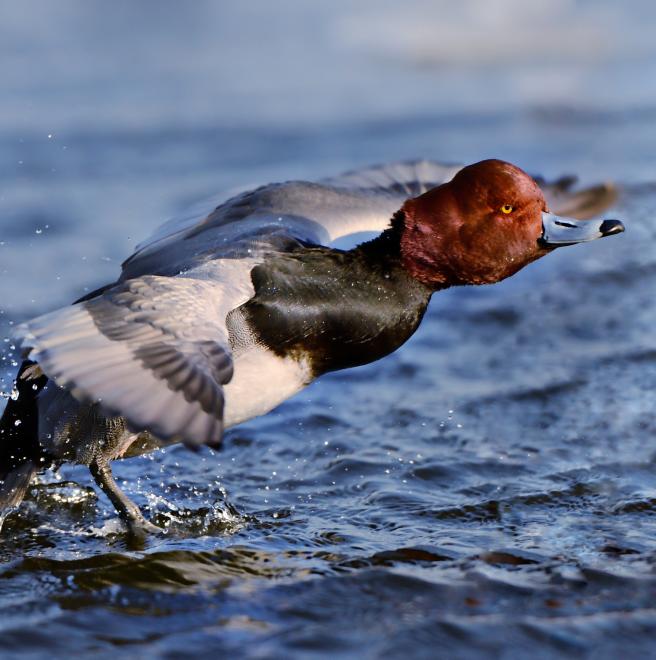

A member of the diving duck group, but one that prefers very shallow waters, the Redhead appears to have problems on the horizon. Audubon's climate model suggests that the main summer range on the northern prairies is likely to contract sharply, decreasing by 79 percent by 2080, with very little expansion into new areas. Total available wintering area is predicted to increase modestly, but total area doesn’t translate directly to total numbers. Currently, a very high percentage of the world’s Redhead population winters on the Laguna Madre in coastal southern Texas and northeast Mexico, with only small numbers scattered elsewhere. Even a small rise in sea level could have a major impact on the Laguna Madre, possibly forcing these ducks to take advantage of the projected new wintering areas.
Explore more birds threatened by climate change around the country.





















It's easier than you think to make a difference. Become an Audubon member today to help birds facing climate change.